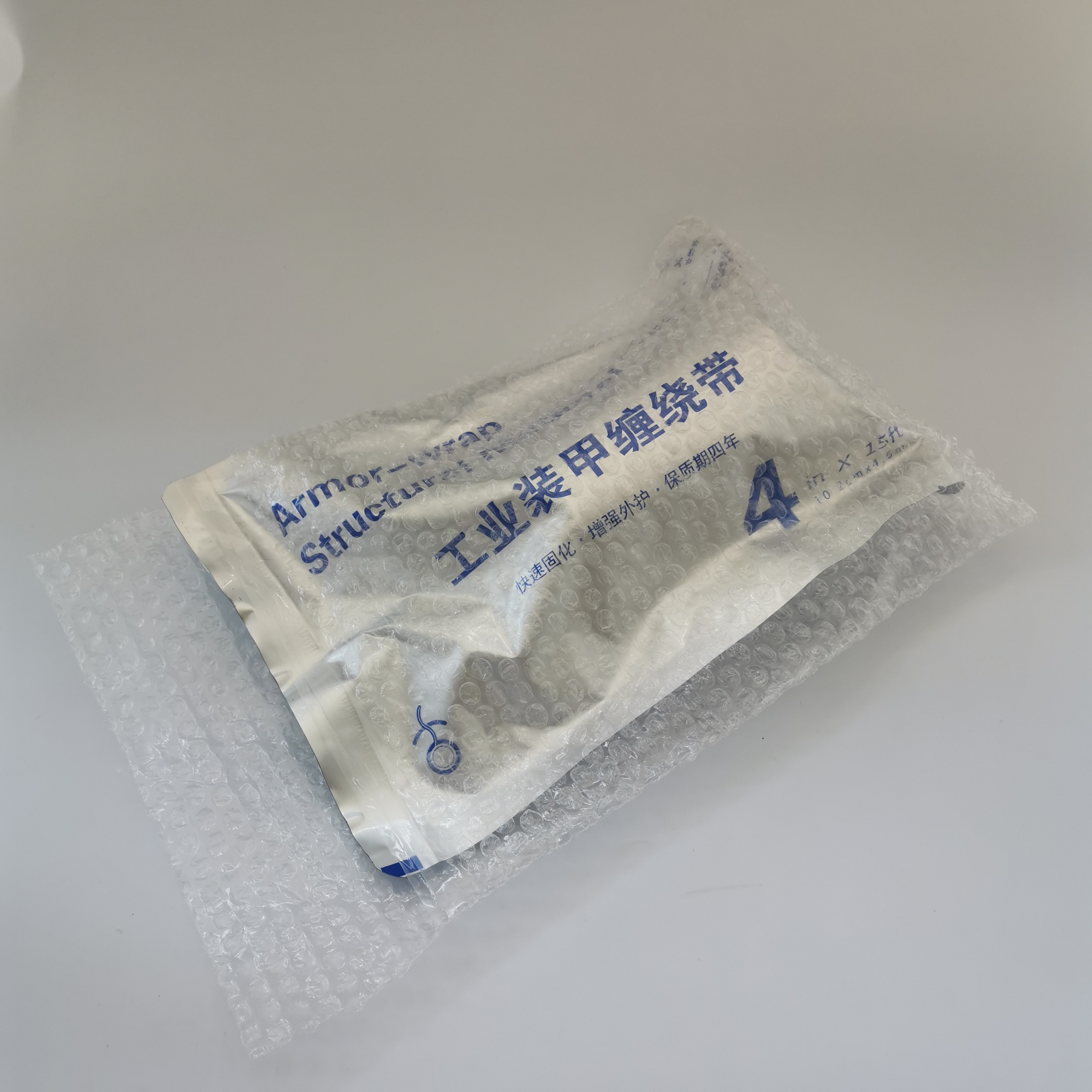The Importance and Pricing of Floor Marking Tape
In various industries, especially in manufacturing and warehousing, safety and organization are paramount. One of the most effective tools for ensuring a safe and efficient work environment is floor marking tape. This specialized tape is designed to create clear pathways, delineate work areas, and enhance visibility in workplaces. However, the price of floor marking tape can vary widely based on several factors, including material, width, length, and specific application. In this article, we will explore the importance of floor marking tape, the different types available, and how pricing can vary.
Understanding Floor Marking Tape
Floor marking tape is an adhesive product used to mark floors in various settings such as factories, warehouses, hospitals, and schools. This tape can come in a variety of colors, widths, and materials, often designed to withstand heavy foot traffic and extreme conditions. The primary goal of using floor marking tape is to improve safety and efficiency. By clearly indicating pathways, emergency exits, or hazardous areas, businesses can reduce accidents and streamline operations.
Types of Floor Marking Tape
The market offers a diverse range of floor marking tape options. Below are some common types
1. Vinyl Tape This is the most popular type of floor marking tape. It is known for its durability, flexibility, and resistance to wear and tear. Vinyl tape is available in various colors and can withstand various temperatures, making it suitable for different environments.
2. Reflective Tape Used primarily in low-light or dimly lit areas, reflective tape increases visibility and safety. This type of tape reflects light, making it easier to see in poorly lit conditions.
3. Anti-Slip Tape This tape not only marks the floor but also provides traction, reducing the risk of slips and falls in high-traffic areas. It is often used in places where liquid spills are common, such as kitchens or factories.
4. Colored Floor Tape Different colors are frequently used to signify different meanings – for example, red might denote danger, while green could indicate safe zones. Standardizing color codes can further enhance safety measures in a facility.
floor marking tape price

Pricing Considerations
The pricing of floor marking tape can range from a few dollars to over $50 per roll, depending on its specifications. Here are some factors that influence these prices
1. Material Vinyl tape is generally less expensive than specialty tapes like reflective or anti-slip options. The material's durability can also affect pricing; industrial-grade tapes tend to be more costly but offer better longevity and performance.
2. Width and Length Tapes come in various widths (generally between 1 to 4 inches) and lengths (usually from 30 to 150 feet). Wider and longer rolls generally cost more, but they also cover more area, which can be cost-effective over time.
3. Brand Reputation Established brands might offer higher-priced products due to their reputation for quality and reliability. Although generic brands may be cheaper, they might not provide the same level of durability or adherence.
4. Quantity and Packaging Purchasing floor marking tape in bulk can lead to significant savings. Suppliers often offer discounts for larger orders, encouraging businesses to stock up.
5. Special Features Some tapes have added features, such as being resistant to chemicals, UV light, or extreme temperatures. These specialty tapes typically come at a premium price but can save costs on replacements and accidents in the long run.
Conclusion
Floor marking tape is an essential component of workplace safety and organization. Its importance cannot be overstated, as it serves to mark boundaries, create safe walkways, and reduce the risk of accidents. With a variety of types and price ranges available, businesses must assess their specific needs, taking into account the environment and the volume of foot traffic. Whether investing in high-quality industrial tape or opting for budget-friendly options, the right floor marking tape can enhance safety, improve efficiency, and ultimately contribute to a better working environment. As you explore your options, remember that quality often pays off in the long run, making it a smart investment for any organization.
-
XIANGFAN Rubber Tape-Ultimate Solutions for All Your Insulation NeedsNewsJun.24,2025
-
XIANGFAN Rubber Tape-Protection for Industrial and Residential ApplicationsNewsJun.24,2025
-
XIANGFAN Rubber Tape: Superior Safety and Sealing for Demanding EnvironmentsNewsJun.24,2025
-
XIANGFAN Rubber Tape: Reliable Solutions for Every Electrical ChallengeNewsJun.24,2025
-
XIANGFAN Electrical & Industrial Tape: Powering Reliability Across IndustriesNewsJun.24,2025
-
XIANGFAN Electrical & Industrial Tape: Excellence in Every ApplicationNewsJun.24,2025
